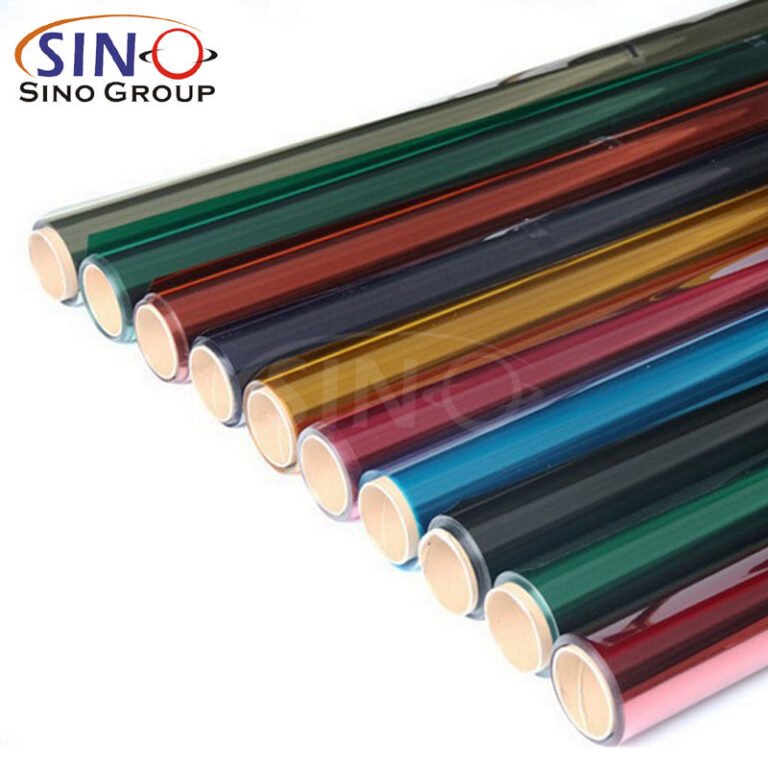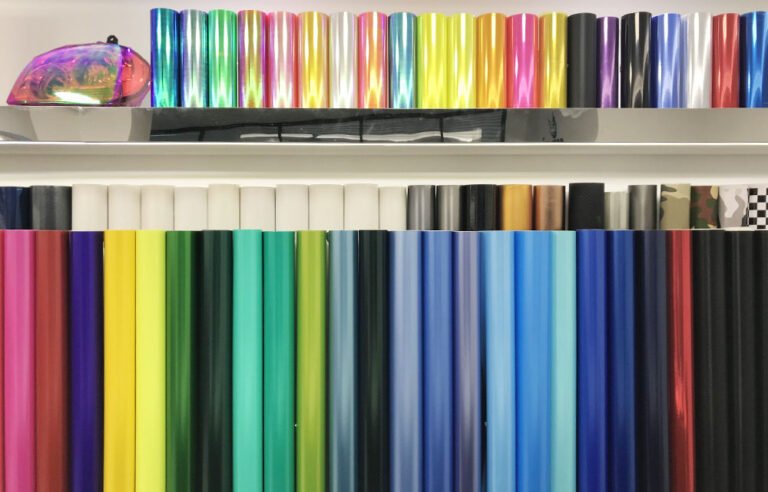The History and Evolution of Stained Glass Window Film
The history and evolution of stained glass window film trace back to the rich heritage of traditional stained glass artistry. Stained glass has been an integral part of architectural design for centuries, adorning churches, cathedrals, and other significant buildings. The mesmerizing beauty of stained glass captured the attention of artists, architects, and craftsmen throughout history.
However, the traditional process of creating stained glass windows involved intricate craftsmanship and was often costly. As a result, stained glass windows were primarily limited to religious and monumental structures. This exclusivity prevented the wider use of stained glass in residential and commercial spaces.
In the 20th century, a breakthrough occurred with the development of stained glass window film. This innovation made it possible to mimic the appearance of traditional stained glass in a more accessible and cost-effective manner. Stained glass window film is typically made from vinyl or polyester materials that are treated to simulate the look of colored glass.
The early versions of stained glass window film were relatively simple and had limited design options. However, advancements in technology and manufacturing techniques gradually expanded the range of possibilities. Today, stained glass window film comes in a vast array of patterns, colors, and textures, allowing for a high degree of customization to suit various architectural styles and personal preferences.
One significant advantage of stained glass window film is its versatility in terms of application. It can be easily installed on any smooth glass surface, making it suitable for windows, doors, skylights, and even glass partitions. The adhesive backing ensures a secure and long-lasting bond with the glass.
In recent years, the popularity of stained glass window film has surged, particularly in modern interiors. Its ability to transform plain windows into vibrant, artistic focal points has made it a go-to choice for homeowners, designers, and architects. Stained glass window film allows for privacy while still allowing natural light to filter through, creating a unique ambiance in any space.
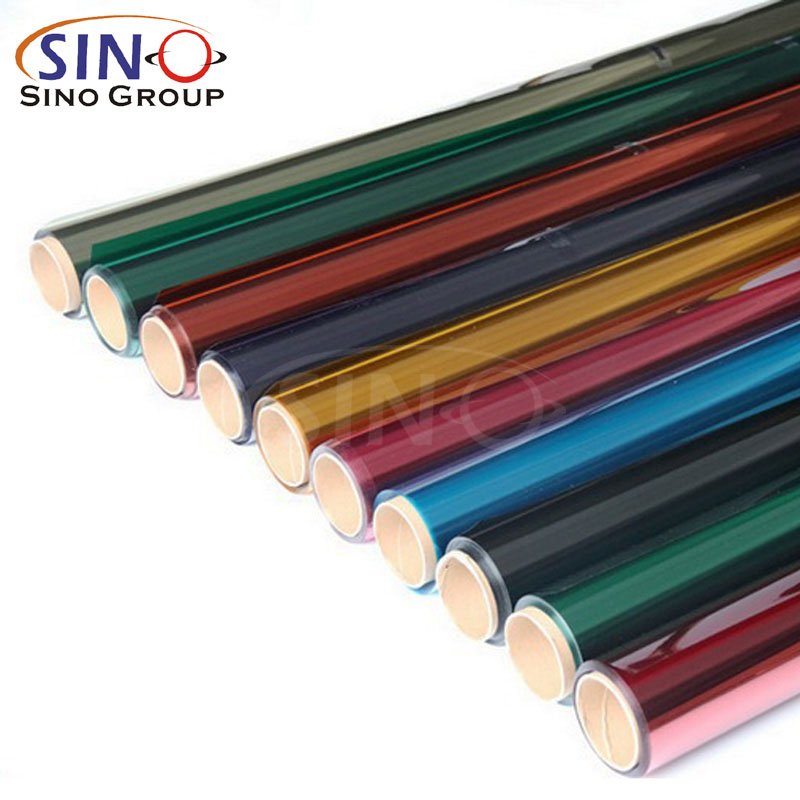
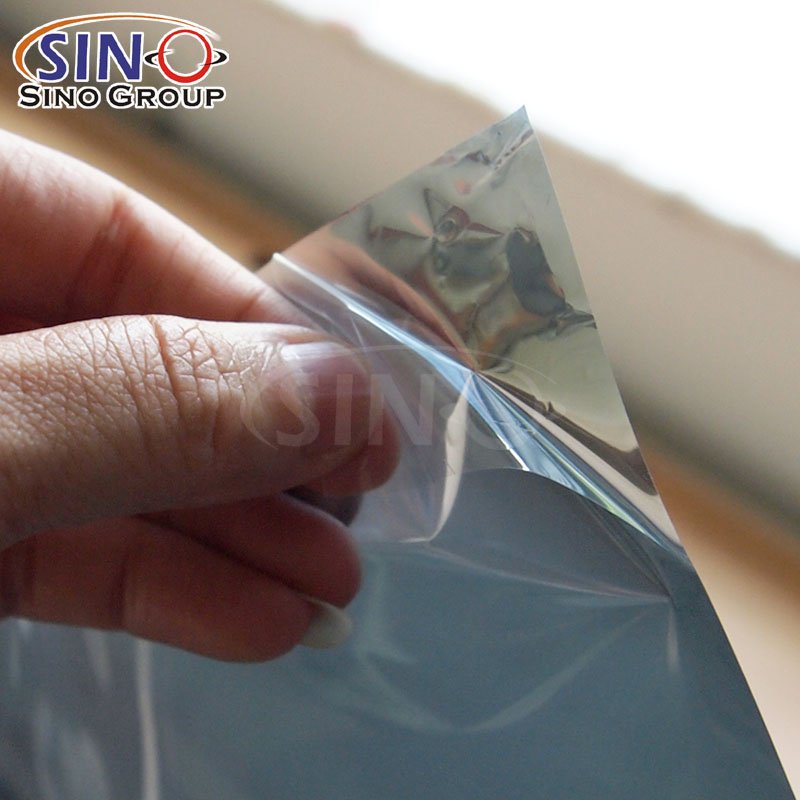
How Stained Glass Window Film Enhances Natural Light in Modern Interiors
Stained glass window film has the remarkable ability to enhance natural light in modern interiors, creating a unique and captivating atmosphere. Here are a few ways in which stained glass window film achieves this effect:
- Softens and Diffuses Light: Stained glass window film acts as a filter, softening the harshness of direct sunlight. The film disperses the incoming light, reducing glare and creating a more pleasant and gentle illumination within the space.
- Creates a Play of Colors: Stained glass window film is available in a wide array of colors and patterns. When sunlight passes through the film, it casts vibrant hues and intricate patterns throughout the room. This interplay of colors adds a dynamic and artistic touch, transforming the light into a mesmerizing visual display.
- Adds Depth and Texture: The texture of stained glass window film adds depth and visual interest to the incoming light. The film may have a textured or frosted surface, which scatters the light and creates beautiful shadows and patterns. This enhances the overall ambiance and makes the light more captivating.
- Provides Privacy without Sacrificing Light: Privacy is often a concern in modern interiors, especially in urban areas or houses with close neighbors. Stained glass window film offers an excellent solution by providing privacy while still allowing natural light to enter the space. The film obscures the view from outside, ensuring your privacy, while allowing ample sunlight to brighten up the room.
- Enriches the Aesthetics: Stained glass window film acts as a decorative element that enhances the aesthetics of modern interiors. The vibrant colors, intricate designs, and artistic patterns add a touch of elegance and sophistication to any room. The interplay of light and color creates a visually stunning environment that is both inviting and visually appealing.
By harnessing the power of natural light and incorporating stained glass window film into modern interiors, you can create a beautiful and unique space that is both functional and aesthetically pleasing. The film’s ability to soften, diffuse, and transform light makes it a brilliant solution for enhancing the natural light in any room.
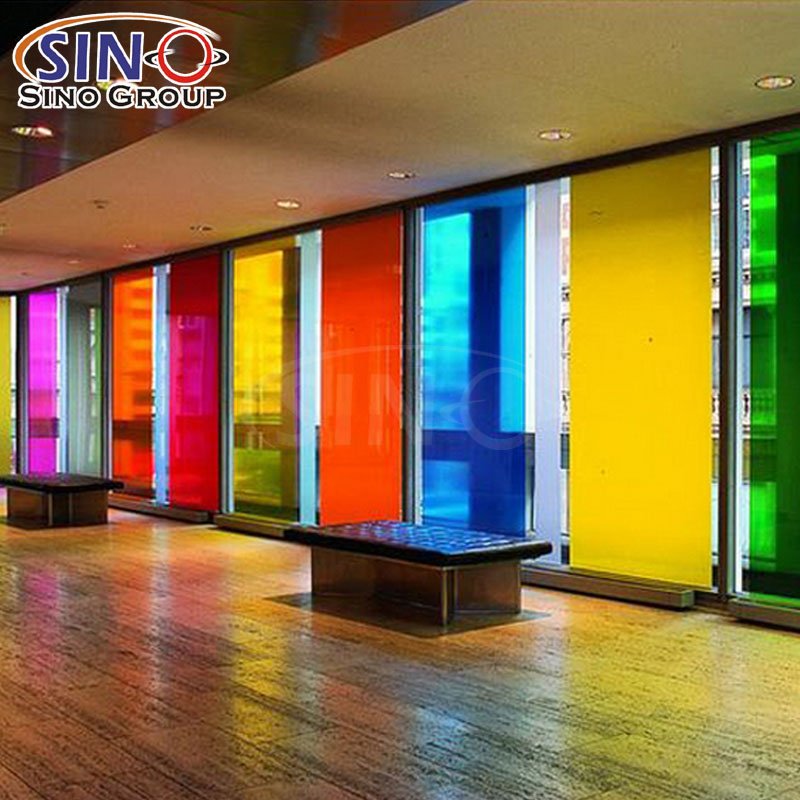
Step-by-Step Guide to Installing Stained Glass Window Film
Installing stained glass window film can be a straightforward process if you follow the step-by-step guide below:
- Gather the necessary materials:
- Stained glass window film
- Measuring tape
- Scissors or utility knife
- Spray bottle filled with water and a few drops of liquid soap
- Squeegee or credit card
- Clean, lint-free cloth or paper towels
- Prepare the window surface:
- Clean the window thoroughly to remove any dust, dirt, or grime. Use a glass cleaner if needed.
- Measure the dimensions of the window and cut the stained glass window film to the appropriate size, leaving a little extra on each side for adjustments.
- Create a soapy water solution:
- Fill the spray bottle with water and add a few drops of liquid soap. Shake the bottle gently to mix the solution.
- Wet the window surface:
- Spray the soapy water solution onto the window surface. Ensure that the entire area is evenly covered.
- Apply the stained glass window film:
- Peel off a small section of the backing from the film, exposing the adhesive side.
- Align the exposed section of the film with the top edge of the window.
- Slowly and carefully stick the film to the window, smoothing it out as you go. Use your hands or a squeegee to remove any air bubbles and ensure a smooth application.
- Continue peeling off the backing and pressing the film onto the window, working your way down.
- Trim the excess film:
- Once the film is applied to the entire window, use scissors or a utility knife to trim any excess film along the edges. Take care not to cut the actual window surface.
- Smooth out the film:
- Use a squeegee or credit card to gently smooth out the film, starting from the center and working your way towards the edges. This helps to remove any remaining air bubbles or wrinkles.
- Remove excess water and let it dry:
- Use a clean, lint-free cloth or paper towels to remove any excess water or soap from the window and film.
- Allow the film to dry completely. The drying time may vary depending on the brand and type of film.
- Final adjustments:
- Check for any areas that may require additional smoothing or adjustments. Gently press down on any lifted edges or air bubbles to ensure proper adhesion.
Following these steps should result in a successful installation of stained glass window film. Remember to read and follow the specific instructions provided by the manufacturer of the film you choose, as application techniques can vary slightly.
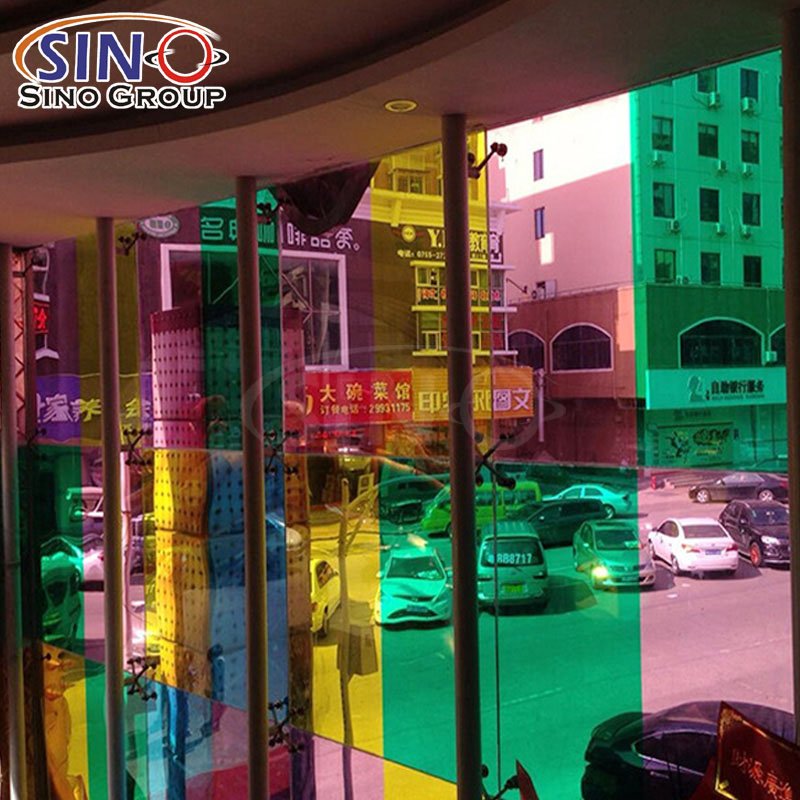
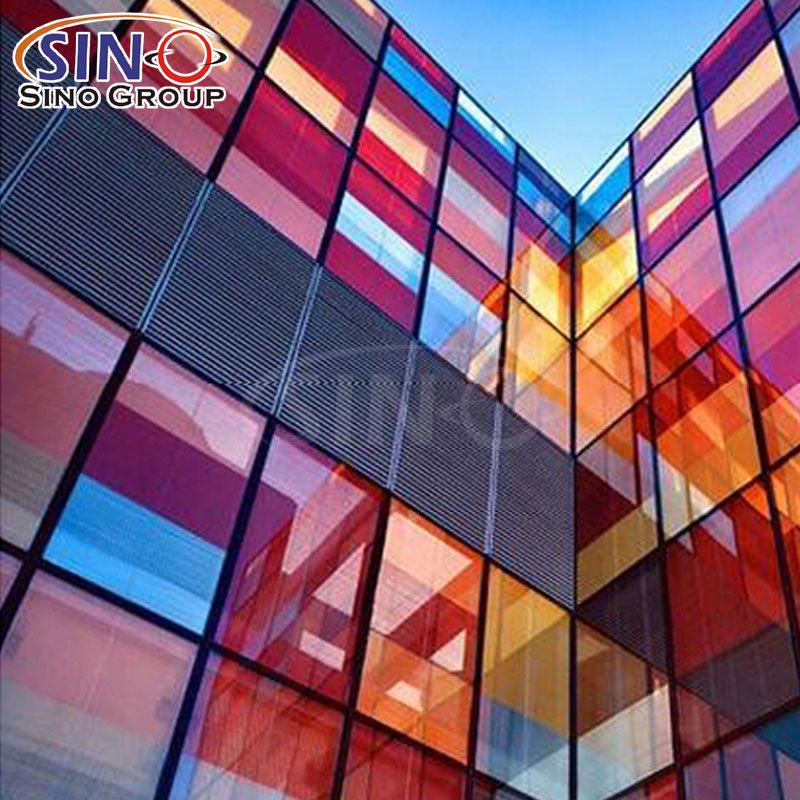
Transforming a Room: Creative Ways to Use Stained Glass Window Film
- Faux Skylight: Create the illusion of a beautiful stained glass skylight by applying the film to a window on the ceiling. It can bring a touch of elegance and light to any room.
- Room Dividers: Use stained glass window film to create decorative and functional room dividers. Apply the film to glass panels or screens to separate spaces while adding a colorful and artistic element.
- Cabinet or Cupboard Doors: Add a unique twist to your cabinets or cupboards by applying stained glass window film to the glass doors. It can instantly transform plain glass into a vibrant and eye-catching feature.
- Glass Tabletops: Update a plain glass tabletop by applying stained glass window film to the underside. This adds a pop of color and visual interest to the table, making it a focal point in the room.
These creative ideas can help you unleash the full potential of stained glass window film in transforming a room into a vibrant and artistic space.
(Click the picture to get your window film)
Final Words
In conclusion, stained glass window film is a brilliant solution for modern interiors, offering a multitude of benefits and endless creative possibilities. Whether you desire enhanced privacy, a vibrant burst of color, or a touch of elegance, this versatile film delivers. From transforming ordinary windows into stunning works of art to adding unique accents to various surfaces, stained glass window film opens up a world of design opportunities. Embrace the history, versatility, and beauty of stained glass with this modern twist, elevating your living spaces to new levels of sophistication and charm. With its ability to enhance natural light, provide privacy, and unleash your creativity, stained glass window film truly illuminates the possibilities for modern interior design.

